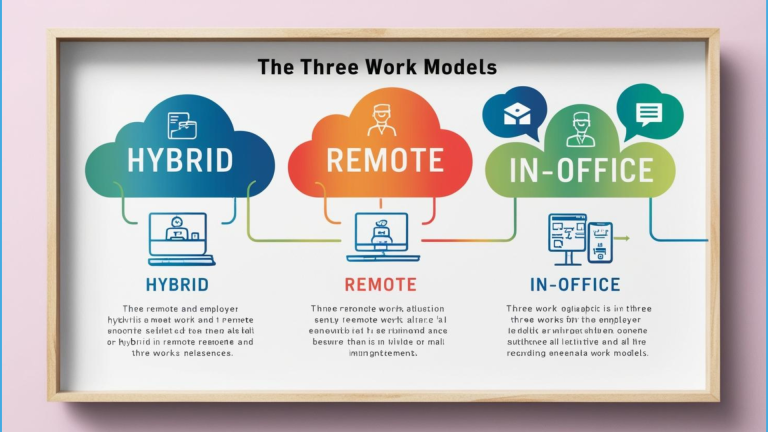Take a quick look over the online news pages at this stage of 2025, and it may seem that the narrative arc of remote working is reaching a certain unstoppable conclusion.
To put it another way, that narrative is: after remote working burst to prominence due to the drastic circumstances of the pandemic, and became normalized over the ensuing few years, employers are finally getting bolder in declaring now is the time for staff to return to the office.
Such heavyweight employers as Amazon, Dell, and even the White House have attracted headlines over their respective pushes to get workers back into centralized offices.
Could Trump’s return coincide with a further shift in working cultures?
It will be fascinating to see the degree of impact the onset of the “Trump 2.0” era exerts on remote-working cultures within organizations in the United States and beyond.
In January 2025, the returning president’s new administration wasted little time in issuing an advisory ordering all departments and agencies to “take all necessary steps to terminate remote work arrangements.”
That would mark a big change in the US corridors of power. After all, according to the country’s Office of Personnel Management, during the 2023 fiscal year, 43% of civilian federal employees teleworked either regularly or as needed.
So, the question must be asked: are we seeing some form of final demise for remote working across the globe?
Recent statistics paint a more ambiguous picture than the one the White House and similar-minded employers may desire; nonetheless, they make for interesting reading.
8 statistics that tell us about remote working in 2025
Whether you are reading this as a decision-maker for an organization that is considering how best to optimize your management of staff over the coming year, or an employee with a preference for a particular mode of working, these facts could be insightful for you:
- 98% of remote workers wish to continue working remotely, at least part of the time, for the remainder of their professional lives, according to a Buffer report.
- 70% of the global workforce will be working remotely at least five days a month by the end of 2025, Gartner has predicted.
- A report by The FlexIndex for 2024’s fourth quarter estimated that 68% of employers in the US offered some form of flexibility as to where employees worked.
- Only around a third of companies demanded full-time in-office presence, the same source stated.
- However, The FlexIndex’s report also revealed that over the previous six months, there had been a 0.29 day increase in the number of in-office working days required per week, from the average US employer.
- More than four in 10 (43%) US firms now operate structured hybrid models. This refers to an arrangement whereby companies put in place specific requirements or expectations on when staff members should physically turn up to the employer’s workplace, such as a minimum number of days, or specific days.
- While only 14% of larger established organizations in the US now provide fully remote work flexibility, a whopping 70% of small businesses do so.
- 41% of workers in the UK worked remotely at least part of the week, as of October 2024, according to the Office for National Statistics (ONS).
In summary, while there appears to be a shift away from remote working among certain employers and industries around the globe, the practice in general also doesn’t seem to be headed for extinction anytime soon.
Doubtless, the immediate functional needs of employers and employees alike will greatly inform the direction that remote and hybrid working practices take over the coming months and years, whatever the political crosswinds turn out to be.
To learn more about the Aspirock solutions that can assist your business’s management of all manner of challenges arising from remote working, please don’t hesitate to contact us.
